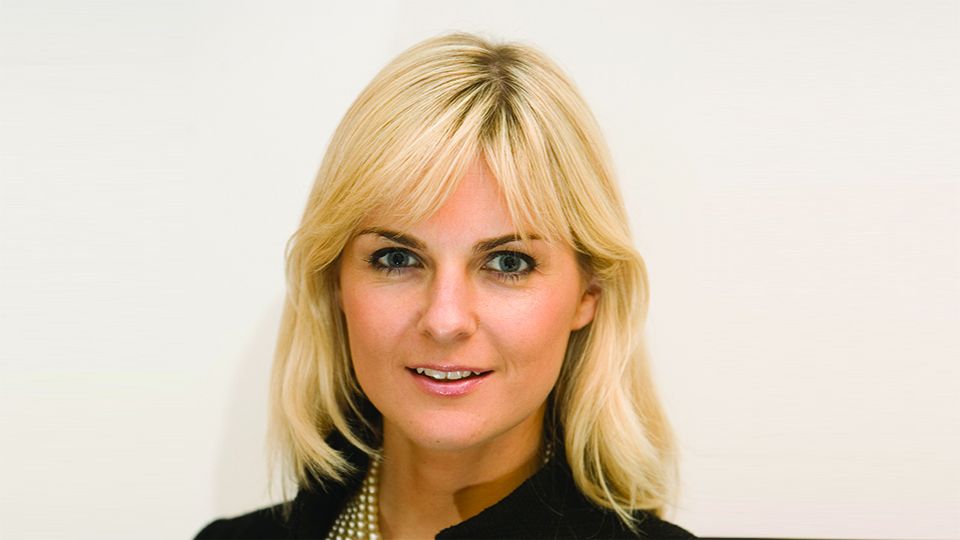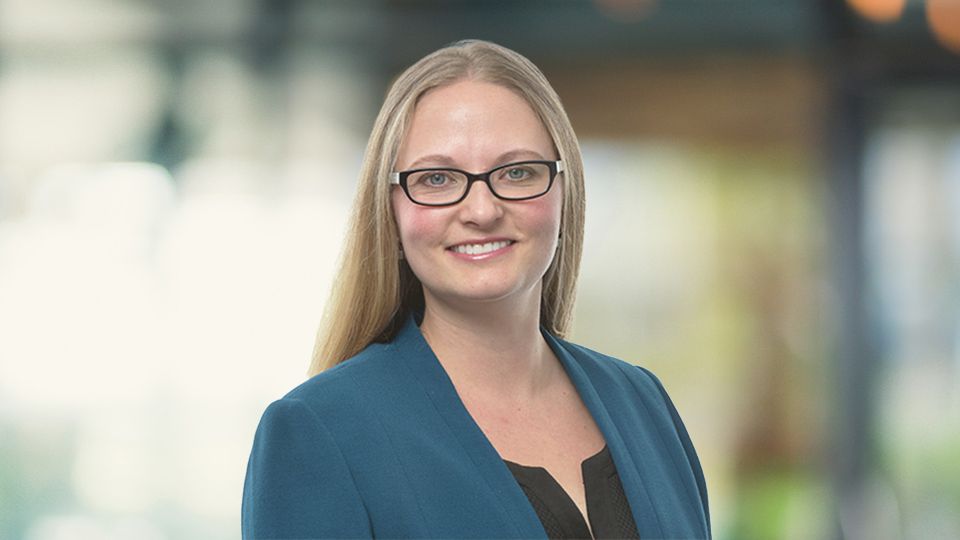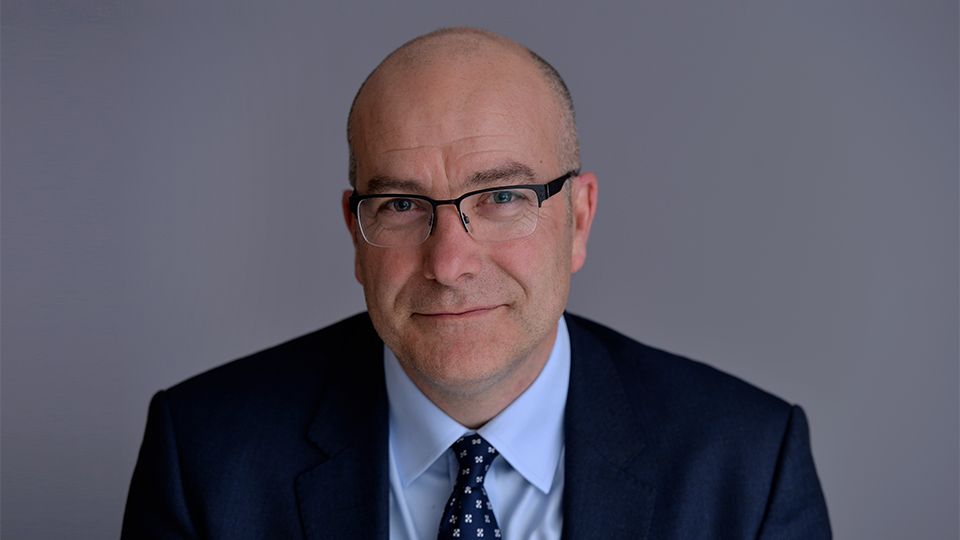Demand for investments integrating ESG factors has surged in Asia over the past few years. However, sustainable fund flows slowed significantly in 2022 as turbulence returned to markets.
In line with global trends, recent data from Morningstar highlights the declining sustainable fund flows in the region. Asia ex-Japan recorded $600m in net flows from July to September, down from $1.27bn during the first quarter and $929m in the second quarter of this year.
Despite a myriad of global private and retail banks pushing an ESG agenda and adding sustainable funds to their platforms, the take up of ESG strategies in Asia continues to lag Europe. Asian investors’ appetite for ESG investments remains largely driven by performance and risk management and there’s still a big product gap in the region.
In Asia, ESG fund selection is complicated by the region’s large populations and high levels of energy consumption, as agreed by more than half of Asian gatekeepers in PGIM Investments’ recent survey on their attitudes towards ESG strategies. Other barriers include a lack of ESG products and the difficulty of investing in ESG funds.
Asset managers have an integral role to play in bridging this gap by offering the right solutions catering to the needs of Asian investors. As appetite for ESG investment options continues to grow, it’s vital to understand gatekeepers and investors’ considerations and priorities for different asset classes.
EM debt and global equities
As inflation and interest rates have risen, unsurprisingly inflation-related fixed income strategies are set to see the greatest allocation increase among Asian gatekeepers (54%) in the coming year. Within the fixed income ESG space, many expected to increase their allocations to emerging markets debt (52%), followed by investment grade credit (45%).
When looking to use equities for ESG exposure, global equity is the most sought-after solution for Asian gatekeepers, with 61% planning to raise their exposures.
For both equities and fixed income, Asian gatekeepers think it is more important to offer ESG funds to Gen Z (nearly 70%) and millennial (nearly 60%) investors. This reflects the younger generations’ stronger interest in solutions that tackle the world’s most pressing sustainability issues, which could drive the uptake of ESG investment products in the next decade.
Clean energy gains traction
Investors often use the same criteria when evaluating ESG fixed income and equity opportunities. In fact, there are differences in the nature and focus of ESG investing in the two asset classes, including the ability to influence, the focus on upside or downside risks, the impact of investment time horizon and the use of proceeds.
In Asia, performance and risk management remain top of gatekeepers’ mind when selecting fixed income funds. Geopolitical tensions are also affecting allocation decisions. Globally, almost three-quarters of gatekeepers will completely exclude fixed income funds investing in Russia or Belarus for the foreseeable future due to ESG concerns.
Positive screening and thematic investing are most important when selecting fixed income ESG funds. Asian gatekeepers point to clean energy as the most attractive theme for equity funds (70%) and fixed income ESG funds (65%). This is followed by carbon emissions reduction and clean water.
A version of this comment was first run in ESG Clarity sister title Fund Selector Asia.









